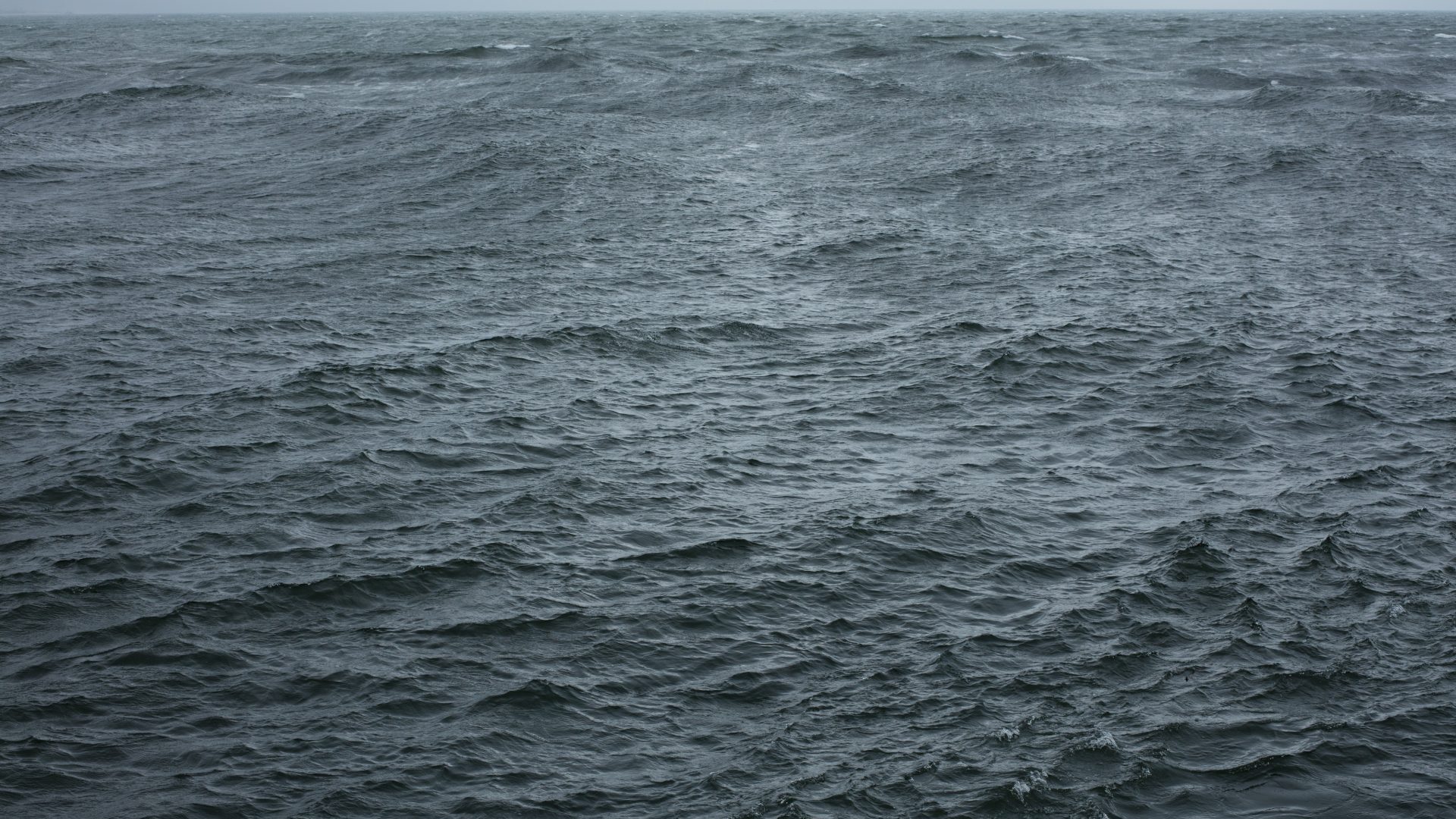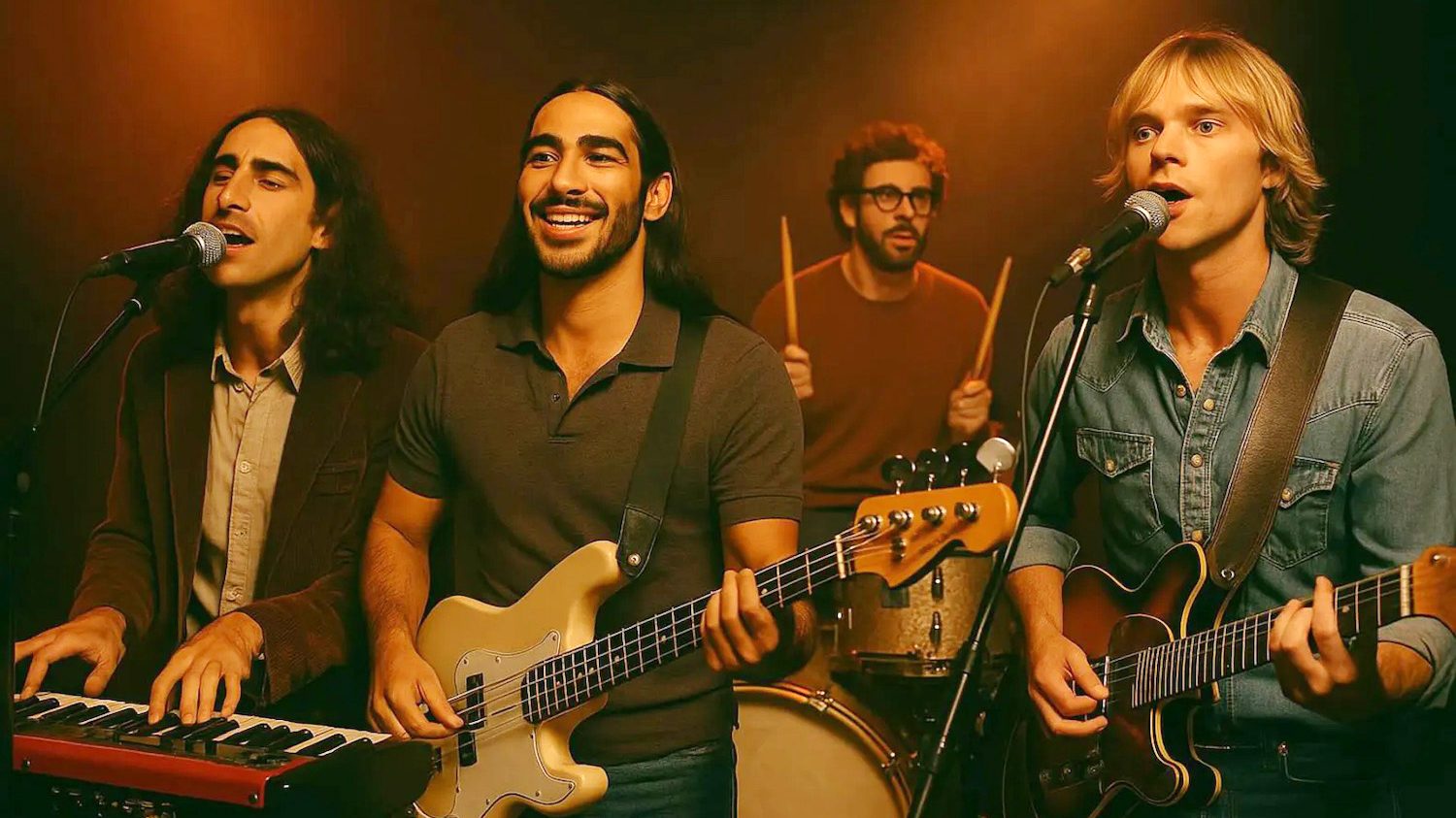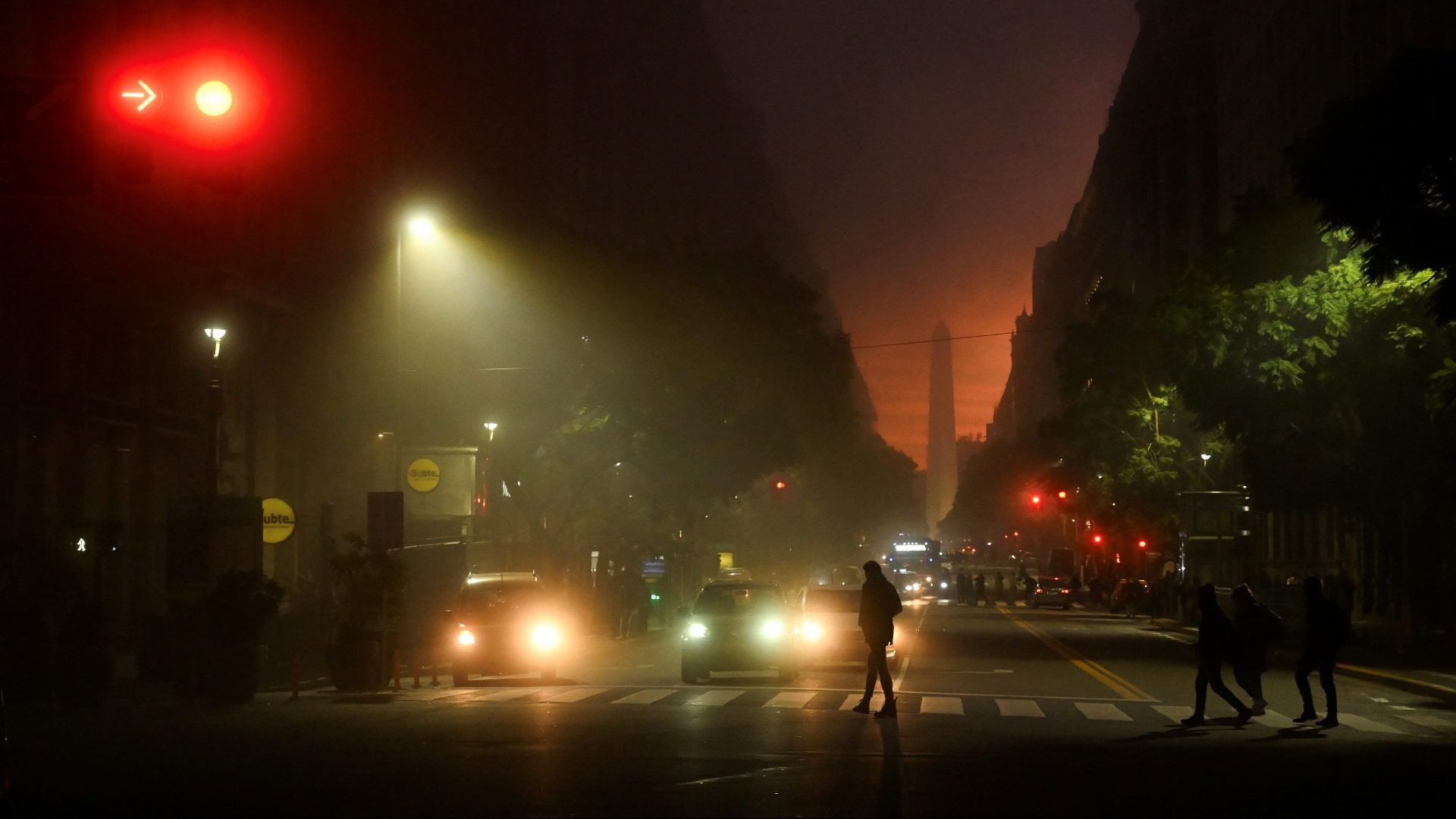As autumn brings its cooling mists and Parisians return to the French capital, the Pompidou Centre will close its doors to the public on September 22, almost 50 years after opening in January 1976.
Conceived as a legacy project in 1969 by the art-loving French president Georges Pompidou, the iconic arts institution – comprising art museum, public library, theatre and cinema – is set to embark on a five-year renovation programme.
As the Pompidou orients itself towards this new chapter, the German artist Wolfgang Tillmans has been given carte blanche to take over the vacated second floor of the building (6,000 sq metres formerly occupied by the Bibliothèque publique d’information), and the largest exhibition space ever devoted to a single show in the Pompidou’s history. The result is the evocatively titled exhibition Nothing could have prepared us, everything could have prepared us, which draws on over 35 years of his vast archive of photography, video and prints. According to the artist, it is a project that aims to establish “what can be created in the moment of leaving”.
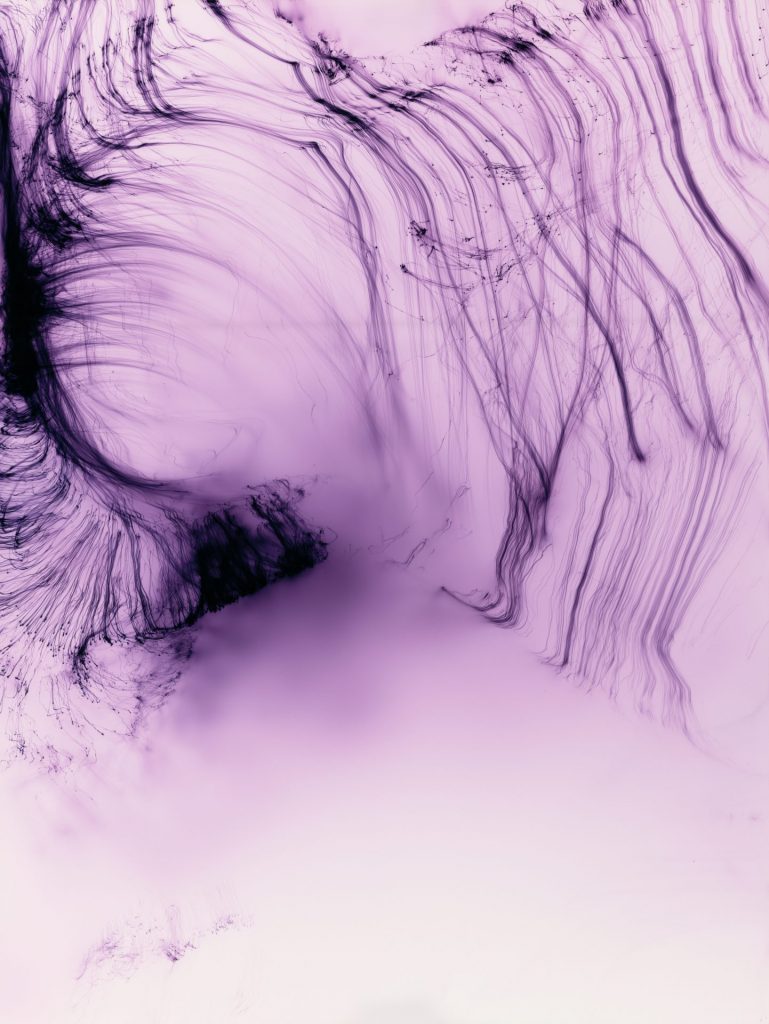
The exhibition’s title emerged from the Turner prize-winning artist’s personal reflection on his own life: “Much as I try to pre-empt or prepare for things, I am always finding myself out of control. I want to try harder, I want to understand better, I want to take things in the now more seriously in their implications for the future. On the other hand, the acceptance that things are ultimately out of our control is not meant to be defeatist,” Tillmans tells me over Zoom from his Berlin studio. However, the exhibition’s title quickly became prophetic, especially in relation to the sweep of recent contemporary geopolitical events and the recalibration of today’s defining world order – from intensified conflict in the Middle East and Ukraine to the continuing encroachment of extreme right wing ideologies within European politics.
Although Tillmans insists it is not a retrospective, a rearview look at history characterises the tone of the show, asking partly what photography can offer us in terms of understanding the present and the past. Photographs from 2005 of the Russian army rehearsing a military parade in Moscow, a photograph of the US-Mexico border from 2004-05, and an image of the border on the Gaza Strip from the early 2000s take on an eerie and unmissable significance, aided by the obvious benefits of hindsight. “Those were visual surfaces, signifiers that I read at the time. Not all current news has come out of nowhere, and the importance we attribute to the now never predicts what it means in the future, but the signs were readable many years before,” Tillmans says.
We talk about photography as a medium that records “feeling”, something that Tillmans believes in strongly as a significant political entity, albeit one that we don’t pay enough attention to. “I think that photography can crystallise a moment into something that is bigger than just a record of the things depicted; something becomes tangible about the time and how it feels. That’s what I come back to again and again: how history, economics and politics feel to people is at the core of how people respond to it. How does [being part of] the EU feel? How does globalisation feel? Why did people take the EU for granted? Why did we allow the disenfranchisement of a large part of the global population to feel emotionally left behind by the left, and why were we not reading the signs?”
This belief that personal feelings are shaped by political forces has guided Tillmans’s interests throughout his career, including his chronicles of nightlife, whether in Berlin’s legendary club Berghain or Shoreditch in London in the early 2000s, some of which appear in the exhibition. He sees the nightclub as a political space defined by collective freedom and the loosening of social codes, a utopia that may already be fading into the recent historical past and one that we should be at pains to record.
“When I experience the sense of freedom in nightlife, I get the feeling that it’s quite unique and it wasn’t possible 50 or 100 years ago. I didn’t initially see myself as a historian, but photography can talk about time, and it can be proof. I now observe a large part of the younger generation who don’t want to participate in club culture in the same way; they don’t want to lose control with strangers.” However, Tillmans is careful not to generalise, affirming that he can’t speak for today’s youth.
A section of the Pompidou show is devoted to the posters and T-shirts that the artist has produced during his regular bouts of political campaigning, including his active role promoting the Remain camp in the lead-up to the UK’s Brexit referendum of 2016. Free-to-download posters with statements such as “What is lost is lost for ever” against a wistful graduated blue horizon and “No Man is an Island” provided a melancholy counterpart to the inflamed rhetoric of the Vote Leave campaign.
“To be honest, when I started this in the spring of 2016, I didn’t start it as an artist, I started it as a European Londoner who felt that his model of life was under attack and few were speaking out passionately against it, whereas I found that those attacking [the EU] were very passionate and I realised that passion will win,” Tillmans says.
One example of that passionate use of visual propaganda was Nigel Farage’s Ukip poster of Afghan and Syrian refugees crossing the Slovenia/Croatia border, unveiled a week before the Brexit referendum vote. (The image attracted widespread criticism from both Remain and Leave sides, comparisons with Nazi propaganda from the 1930s, and was reported to the police). Tillmans reflects on how what was once seemingly intolerable political language has now become normalised, thanks in part to the support of right wing media networks.
“What was completely alien and outlandish to a foreign observer was Nigel Farage’s poster. Mainland Europe and Angela Merkel’s Germany seemed at that time to be very much driven by reason, but rational political language has unfortunately gone out of the window in Germany, driven by the AfD bringing this type of language into parliament and into the media. They are too strong not to be invited to TV discussions. Then you look at Britain and think it is surely insulated against that, and you see Reform taking a voice.”
On the back of frustrations following the Brexit result, Tillmans repeated a similar strategy during Germany’s federal elections in 2017. Campaigning against the AfD’s populist rise, the artist purchased advertising space in 58 publications and disseminated 750,000 pro-EU postcards in an attempt to mobilise voters.
“Now in Germany there are rich people forming new media networks that are wanting to push Germany to the right,” Tillmans observes. (Die-hard conservative billionaire Matthias Döpfner is CEO of Germany’s media group Axel Springer, which carries two of Germany’s biggest newspapers; Bild and Die Welt as well as American news website Politico, and has been cited as finding JD Vance inspiring). “The New World is a wonderful project, but how is it possible that there isn’t more support from very wealthy people to break the dominance of the right wing press? We laughed about GB News and now they have a voice.
“One thing we have to remember is that we cannot look at any other European country and think that they are in any way different from us,” Tillmans reflects. “How can we become more egalitarian and European among ourselves and not always see each other as ‘the other’? I had this realisation last year in Dallas, Texas, just thinking how Americans can rally together and see themselves as all cut from the same cloth – why can’t we get this together and see ourselves alongside the Dutch and the Belgians?”
A passionate Europhile, Tillmans retains some degree of hope for the EU project, one that is based on embracing complexity and looking to the common enemies of a rules-based social democracy. “I still hope that people connect the dots rather than only look at one conflict at a time and consider who wants the EU to fail, and what unites those opponents who don’t like the idea of mutual bilateral negotiation. The attraction of doing away with complexity is really at the core of it all. Everybody wants to have an immediate answer and single-issue solutions,” he says.
“Everything is intertwined, and through social media everybody wants quick answers and immediate gratification, so the messiness of the EU – of tying 27 answers together – becomes unappealing. If we don’t get to celebrate that as something beautiful, then the single issue is going to break everything apart.
“One can’t try to assess the situation without including oneself in it and thinking: what part did I play, what part did my community play, where is the connection?” Tillmans asks, embodying the self-reflective stance that characterises much of his work.
“I’m not as confident as I was a few years ago, but I’m as passionate – it’s the only hope there is to hold on to a rules-based order, which I know is contradictory and not as accountable as one would want it to be.”
Suggested Reading
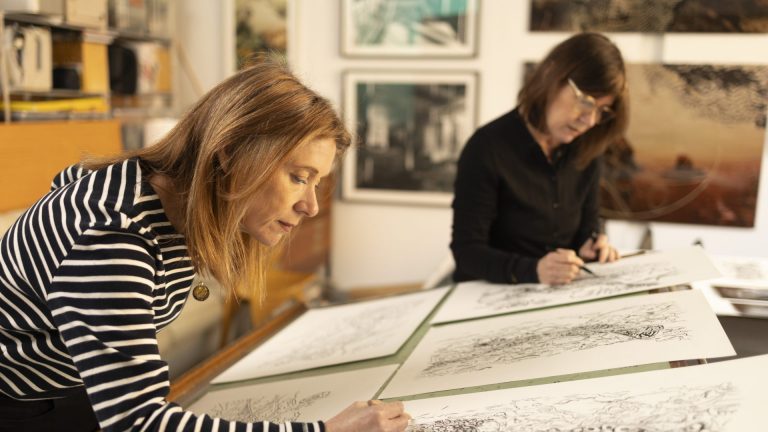
Jane and Louise Wilson, the twins who saw it coming
Politics aside, we return to discussing some of the works in the exhibition, which is guided by a devotion to what Tillmans calls “visual poetry”. He has worked closely with the space of the emptied-out library; a patchwork of different carpet colours are echoed in the colour palette of works that were hung on the nearby walls. Bookshelves were repurposed into display cases, and the long library tables into vitrines, adapting to the different conditions for making an exhibition afforded by a vacated library, rather than the traditional white cube gallery space.
As a lover of archives and paper works, the artist has mounted an exhibition that is in some ways a paean to the spaces where the paper memories of history are stored and shared. Also on display is a film of a day in the life of the Bibliothèque before it was vacated for the exhibition installation.
Tillmans is a devotee of the photochemical process, and its way of recording flights of movement, sensation, colour and texture, with an emphasis on material processes. Some of the most beguiling images in the show are his grand scale Silver Works depicting the photographic process itself, by exposing photographic paper to coloured lights, which then record the residues of chemicals, dust and silver nitrate in the manual processing machine. The results are arbitrary and abstract, intentionally reframing what would normally be classed as failures and accidents. They have a colourful, fragile, philosophical beauty.
“I still find [photography] a wonder and miracle, and of course in this moment of digital manipulation, real photochemical evidence is something I find hopeful. Everything you see here is a real object, made with inks and dyes and substance on paper. So in this moment when lots is dissolving, it’s quite a material poetry to be surrounded by these actual objects. As much as digital has made some things disappear, I’ve found it highlights the value of real experience in real life.”
As the Pompidou prepares for its own transformation, Tillmans’s exhibition offers a nuanced meditation on what can be salvaged and what is made visible during these moments of transition, be they sociopolitical, personal, or defined by technology (such as the transition between analogue and digital photography, or the demise of traditional media in favour of social media).
In a time when so much feels unpredictable, Tillmans reminds us that the signs, the “feelings”, perhaps, are always there – we just need to learn how to read them.
Wolfgang Tillmans: Nothing could have prepared us, everything could have prepared us runs at the Centre Pompidou, Paris, until September 22 2025

